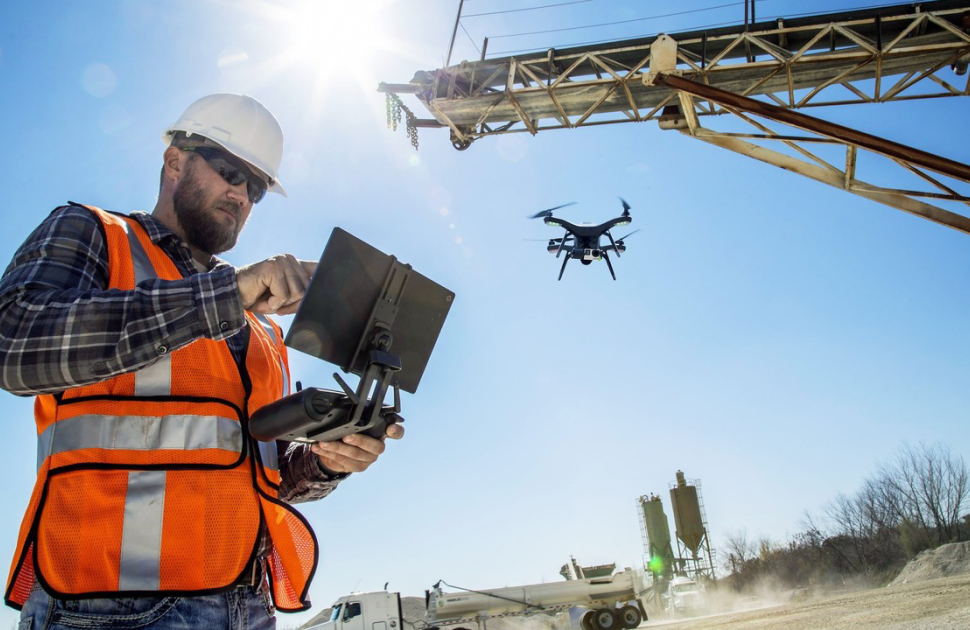Non-Destructive Testing (NDT) remains one of the most essential disciplines in oil and gas operations, responsible for preserving the integrity, safety, and continuous performance of critical infrastructure. From sprawling pipeline networks and complex refinery units to offshore platforms and high-pressure Gas-Oil Separation Plants, every facility depends on precise, regular inspections to detect early signs of corrosion, cracks, and structural weaknesses. These early findings are vital to preventing operational failures, environmental hazards, and costly shutdowns.
Conventional NDT inspection practices, while reliable, have long faced limitations in terms of cost, safety, and operational disruption. Inspections often involve accessing high-risk environments, working at heights, entering confined spaces, or deploying large teams to isolated, remote, or offshore sites. These challenges have historically exposed inspectors to dangerous conditions and forced operational downtimes, especially during inspections of critical assets like flare stacks, storage tanks, or subsea pipelines. Technological innovation, however, is rapidly reshaping this landscape.
The introduction of drones and robotics into asset integrity management has transformed how inspections are executed. These advanced tools are not only eliminating much of the human risk factor but are also delivering faster, more precise, and cost-effective inspections. Equipped with AI-driven analytics and cutting-edge NDT sensors, drones and robotic devices can access areas previously considered hazardous or impractical for human inspectors. This capability is particularly valuable in operations where traditional inspections would require scaffolding, confined space permits, or production shutdowns.
One of the most persistent challenges in oil and gas inspection has been the inherent danger of working within high-risk environments. Inspectors routinely face exposure to toxic gases, extreme temperatures, oxygen-deficient spaces, and structurally unstable zones. Manual inspections at great heights or within tanks, pressure vessels, and pipeline networks carry serious safety risks. Drones and robotics effectively eliminate these hazards by conducting remote, real-time inspections while keeping personnel at a safe distance. By reducing human exposure in these dangerous conditions, operators not only protect their workforce but also improve operational continuity.
Inspection speed has traditionally been a bottleneck in NDT workflows. Manual data collection, equipment setup, logistical planning, and detailed report generation are time-consuming processes, often requiring plant shutdowns or operational slowdowns. Inspections of large pipeline routes, refinery complexes, and offshore installations take considerable time when performed by ground crews. Drones equipped with high-resolution imaging, infrared sensors, and ultrasonic probes now perform these inspections at unprecedented speed. They can survey extensive assets in a fraction of the time required by conventional teams, all while capturing highly accurate, actionable data.
In addition to external inspections, drones are now deployed within confined and complex internal spaces. New AI-integrated models autonomously navigate through tanks, boilers, and pressure vessels, identifying corrosion, material thinning, leaks, and other anomalies without requiring human entry. These devices reduce the need for scaffolding, temporary ventilation systems, and confined space permits, greatly improving safety and efficiency while maintaining inspection quality.
Beyond visual imaging, modern drones carry a diverse range of advanced NDT tools. Methane, hydrogen sulfide, and volatile organic compound sensors can detect gas leaks before they escalate into safety incidents. Thermal cameras identify hot spots, insulation breakdowns, and electrical faults invisible to the human eye. Ultrasonic probes measure wall thickness on pipes, vessels, and structural supports, while eddy current and magnetic flux leakage technologies reveal surface and subsurface defects such as cracks or coating failures. These capabilities enable multi-dimensional, layered asset assessments that surpass the limitations of traditional methods.
Another emerging application lies in electrical system inspections across complex industrial plants. Drones equipped with infrared sensors can scan cable systems, transformer stations, and high-voltage lines to detect overheating, damaged insulation, and wiring anomalies. These inspections can be performed without interrupting operations or requiring personnel to work in elevated or restricted areas, significantly reducing the risks traditionally associated with plant-wide electrical assessments.
Flare stack inspections, historically one of the most dangerous and logistically demanding NDT tasks, are now conducted without production halts. Drones equipped with heat-resistant cameras and thermal sensors can perform detailed inspections of flare tips, seals, and structural supports in real time. They detect issues such as coke buildup, mechanical cracks, and thermal inefficiencies while the stack remains in operation, eliminating the costs and hazards associated with scaffolding, rope access, and planned shutdowns.
The economic advantages of adopting drone-based inspections extend well beyond labour and downtime reductions. By integrating AI-driven defect recognition and predictive analytics, these technologies help operators identify potential failures earlier, allowing for proactive maintenance planning. This reduces the likelihood of unplanned outages, extends asset life cycles, and optimises maintenance schedules. Companies not only lower operational expenses but also avoid high-cost emergency interventions, equipment damage, and environmental incidents.
The scope of drone and robotics use in NDT continues to expand as technological capabilities advance. Autonomous drone swarms are being developed to conduct simultaneous inspections across multiple assets, dramatically reducing total inspection times. Improvements in 5G and IoT connectivity enable real-time data streaming and remote analysis, accelerating decision-making processes. AI-driven inspection drones are evolving to not only detect defects but also categorise them, assign severity levels, and produce preliminary maintenance reports without human oversight. Subsea robotic inspection devices, capable of navigating and assessing underwater pipelines and offshore structures, are adding a new dimension to asset integrity management.
By integrating these technologies into daily inspection routines, operators enhance both safety and operational reliability while achieving significant cost savings. The improved accuracy and efficiency of drone-based NDT also raise the overall standard of asset integrity management, ensuring better long-term performance and environmental protection.
Drones and robotics have fundamentally altered the way inspections are conducted in the oil and gas sector. What was once a process defined by risk, disruption, and manual effort is now becoming smarter, safer, and far more efficient. As these technologies continue to evolve, their role within NDT operations will only grow stronger, setting a new industry standard for proactive, high-performance asset management. The future of inspections is no longer on the horizon — it’s already flying overhead and navigating through pipelines, driving meaningful improvements in how the industry safeguards its infrastructure.
Author: Mohammed Abufour









